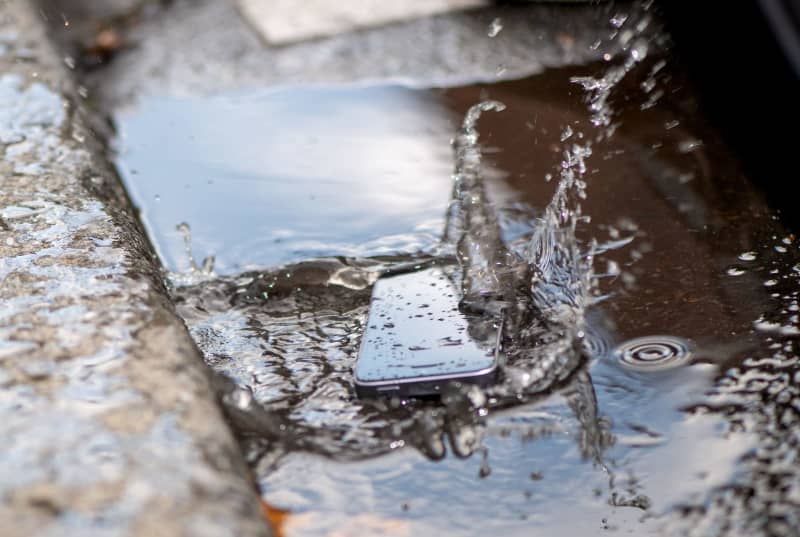Water and dust: How much can your smartphone handle?

Berlin (dpa) — Is a smartphone, tablet or e-reader protected against water and dust? And if so, to what extent? That’s what your device's IP rating will tell you.
Many manufacturers have their products tested and certified according to a specific standard that defines protection levels. That standard is the ingress protection or IP rating.
The code always has the same IPXX format - the letters IP followed by two digits. The first digit that follows the letters indicates the device’s protection against the ingress of foreign bodies such as dust.
If the number is 5 or higher that means dust should not affect the device. From number 6 upwards, no dust will be able to enter the housing.
The second digit indicates the device’s protection against the ingress of water. The number 3 means protection from rain. Number 5 and higher guarantees that the device is protected from the stream of water from a tap. Number 8 and higher means that the device can be permanently submerged in water without suffering damage.
For example, IP 68 means dust-proof and fairly water-resistant. If there’s no protection against foreign bodies or water, either the number 0 or an X appears in the relevant place in the code. So a rating of IP 50 indicates that the device has dust protection but no water protection.
The IP protection rating is rarely found prominently on a device’s packaging. The code is more likely to be found in the operating instructions, on the product website or as a footnote in the specifications.
It’s worth remembering that the protection class given for a device only applies when it’s new. Over time, that protection is likely to decline.
The standard also refers specifically to tap water — salt water or the chlorinated water in swimming pools can attack protective seals and other parts.
Diving from the 10-metre tower wearing your smartwatch is also not advisable as the speed on hitting the water may create high pressure on the seals.

